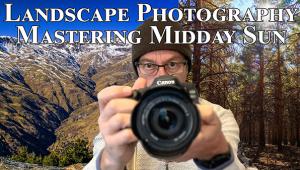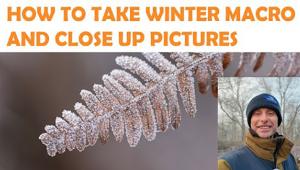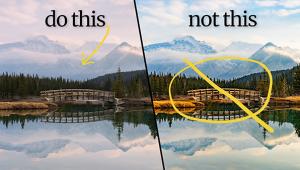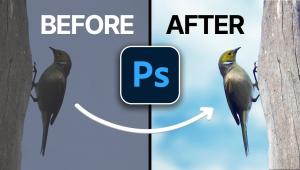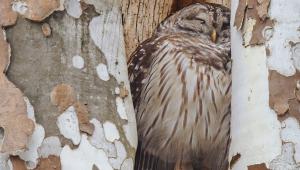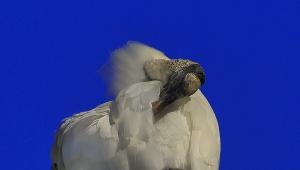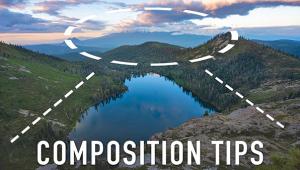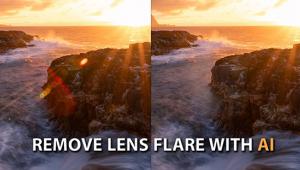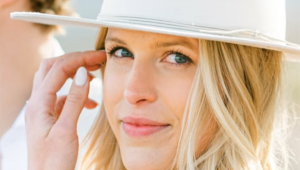Take Macro Photos to the Next Level: Tips from a Small-World Expert (VIDEO)
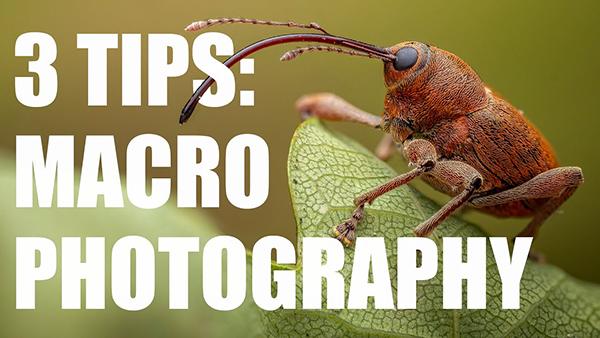
If you're just getting started in macro photography, or the images you capture leave something to be desired, this tutorial from the Naturefold YouTube channel will significantly improve the quality of your photos, with three helpful tips from a small-world expert.
Instructor Alexis has focused his attention on macro photography for the past five years, and he's developed a recipe for capturing great images in the camera. What you'll learn today in barely nine minutes are his three favorite tips that are guaranteed to hasten your learning curve and improve every close-up photo you shoot.
Alexis has an interesting fascination with tiny oft-ignored subjects like spiders, insects, and even slime-mold. The "foolproof" techniques demonstrated in today's lesson are illustrated with eye-catching images that drive his points home. His first tip is valuable for other genres too; namely concentrating on the background before framing up a shot.
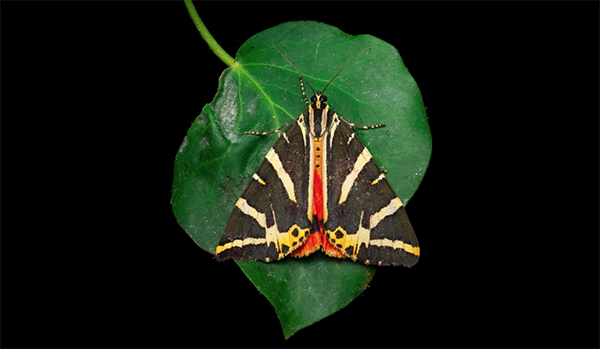
In fact, Alexis says the background can be just as important as the subject of an image. That's because it's difficult to draw attention to a tiny, key element if it's surrounded by clutter and other distractions. One trick is to use a simple flash that will typically accentuate a creepy-crawlie by turning the background black. That's because the output from the flash exposes for subject but doesn't have enough power to brighten what's further back.
In other words, illumination from a flash is significantly brighter than ambient light, and effectively replaces the shutter speed, so the only exposure settings you have to consider are aperture and ISO. Alexis suggests basic settings to try and explains a few long shutter speed tricks if you want a plain background to appear brighter and more colorful.
Alexis' second tip may seem counterintuitive for macro photography because it involves "taking a step back, using a wider composition, and not always relying upon the maximum reproduction ratio of a high-magnification macro lens." You'll be quickly convinced after viewing a couple examples illustrating how this technique works.

The final tip is designed to add depth and dimension to macro photos, which usually results in more dynamic imagery. One way to get the job done is by composing a shot with simple elements in front of and behind the main subject. This works by isolating and accentuating the primary focus of the image.
As you'll see, Alexis is a contrarian when it comes to the common practice of creating depth by focus-stacking multiple images. There's a lot more to learn about macro photography on his instructional YouTube channel so be sure to take a look.
On a related note, you'll also want to watch the recent tutorial we featured from another accomplished pro who demonstrates why the aperture setting in use has a huge impact on the look of the nature photographs you capture.
- Log in or register to post comments

